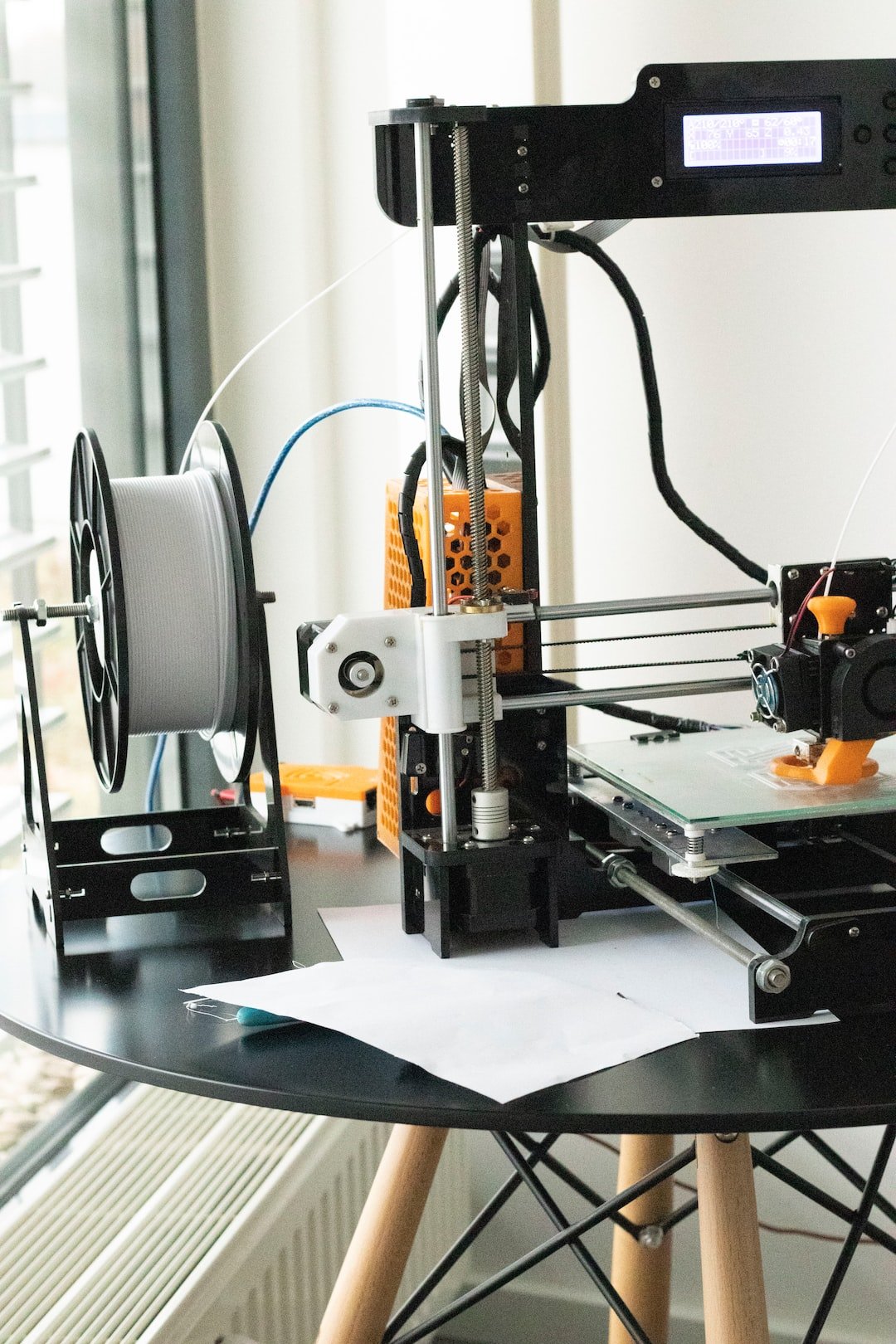Exploring the Applications of Virtual Assistants in Everyday Life
Virtual assistants have become an integral part of our daily lives, revolutionizing the way we interact with technology. These intuitive digital helpers have made tasks easier, faster, and more convenient for us to accomplish. From managing our schedules and answering questions to controlling our smart homes and making purchases, virtual assistants have limitless applications that enhance various aspects of our everyday lives.
One of the most popular virtual assistants, Amazon’s Alexa, has permeated households worldwide. With just a simple voice command, Alexa can perform an array of tasks, including playing music, setting timers, and even telling jokes. Additionally, it can assist in managing your home by controlling lights, thermostats, and other smart devices. This hands-free approach to household management saves time and effort, allowing us to focus on more important things.
Furthermore, virtual assistants are invaluable tools for productivity. Whether it’s scheduling appointments, setting reminders, or sending messages, they streamline daily tasks and help us stay organized. For instance, Google Assistant can seamlessly integrate with calendars, making it effortless to schedule meetings and events. It also has the capability to send emails and messages on your behalf, which is particularly useful when you’re on-the-go or multitasking.
Virtual assistants have also made significant contributions to improving accessibility. They offer a hands-free alternative for individuals with physical disabilities, allowing them to navigate technology and perform tasks that were previously challenging or impossible. With speech recognition technology, virtual assistants empower everyone to use smartphones, computers, and other devices effortlessly. This inclusivity has opened up new opportunities and possibilities for individuals with disabilities, enhancing their quality of life.
Additionally, virtual assistants have transformed the way we shop. With voice-activated shopping, consumers can easily browse products, compare prices, and make purchases without even lifting a finger. Virtual assistants, like Apple’s Siri and Google Assistant, provide a seamless shopping experience by assisting with product recommendations, tracking deliveries, and processing payments. This convenience has reshaped the retail industry, making online shopping more accessible and user-friendly.
Another area where virtual assistants excel is in the field of education. They provide a wealth of information at our fingertips, making learning more engaging and interactive. Students can ask questions, conduct research, and access educational materials with ease. Virtual assistants also offer personalized learning experiences by adapting to individual learning styles and providing tailored recommendations. By incorporating virtual assistants into the classroom, educators can create more dynamic and customized learning environments.
Moreover, virtual assistants have the potential to make significant contributions to healthcare. They can offer personalized health advice, track symptoms, and remind patients to take medications. Virtual assistants also have the ability to connect with healthcare professionals and provide vital health information in emergency situations. By acting as a virtual health companion, they empower individuals to take control of their own well-being.
In conclusion, virtual assistants have a myriad of applications in our everyday lives. From smart home management and productivity enhancement to improving accessibility and revolutionizing the way we shop, these digital helpers have transformed the way we interact with technology. With their continued development and integration into various industries, virtual assistants will undoubtedly play a crucial role in shaping our future, simplifying tasks, and enhancing our everyday experiences.

